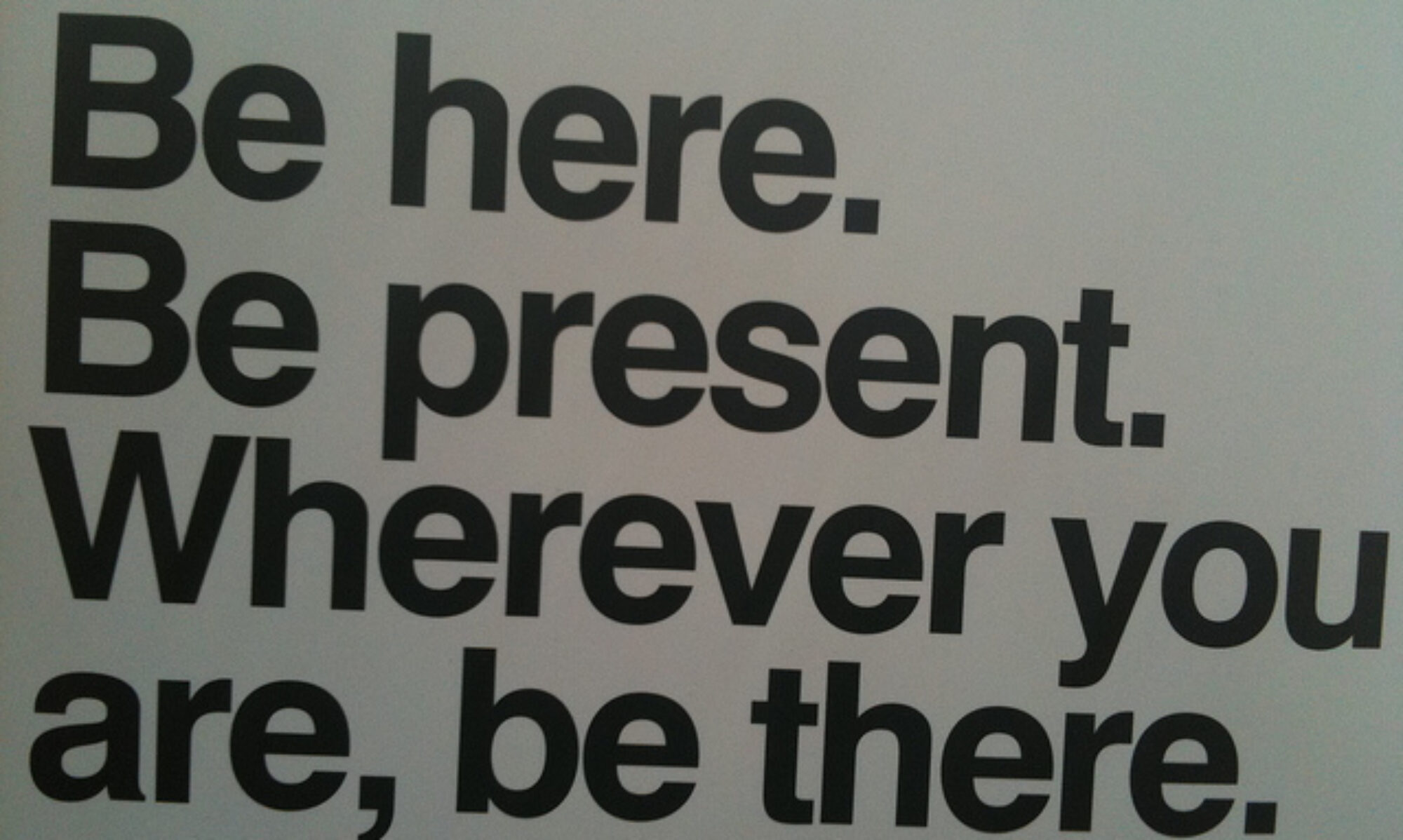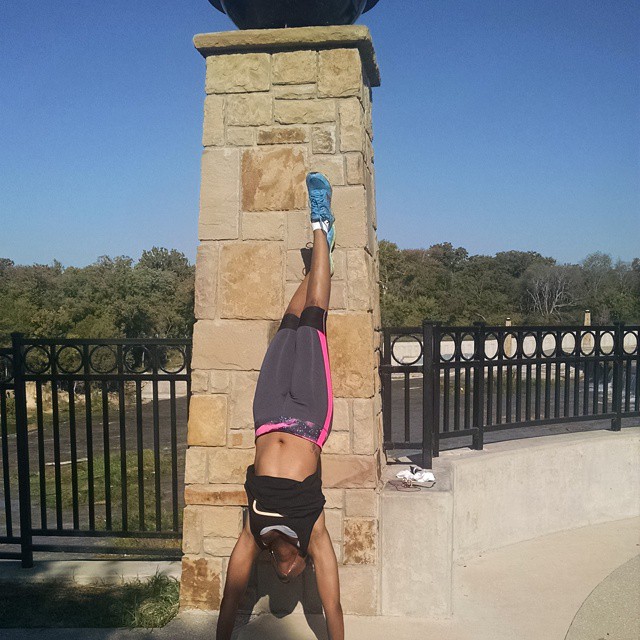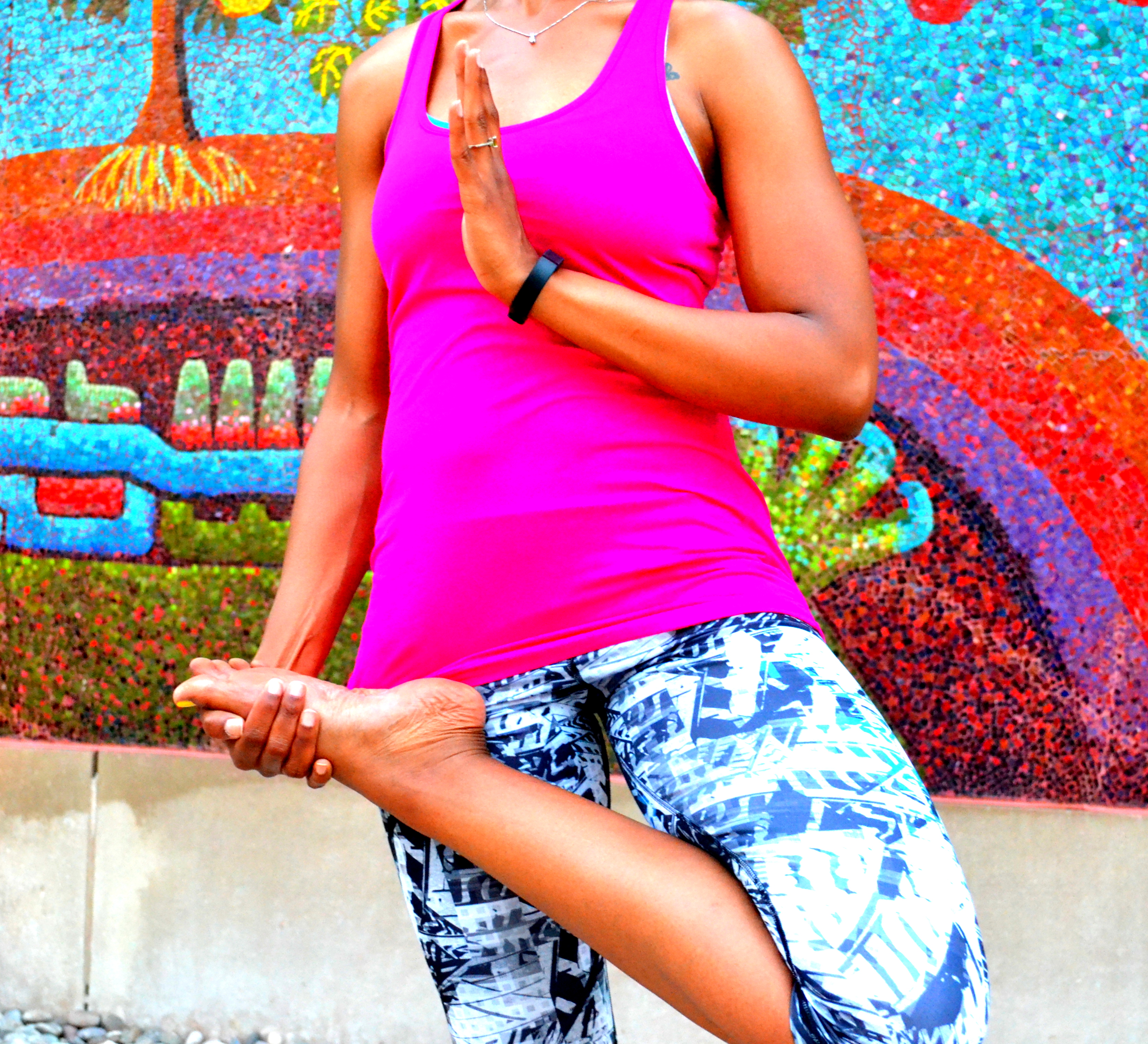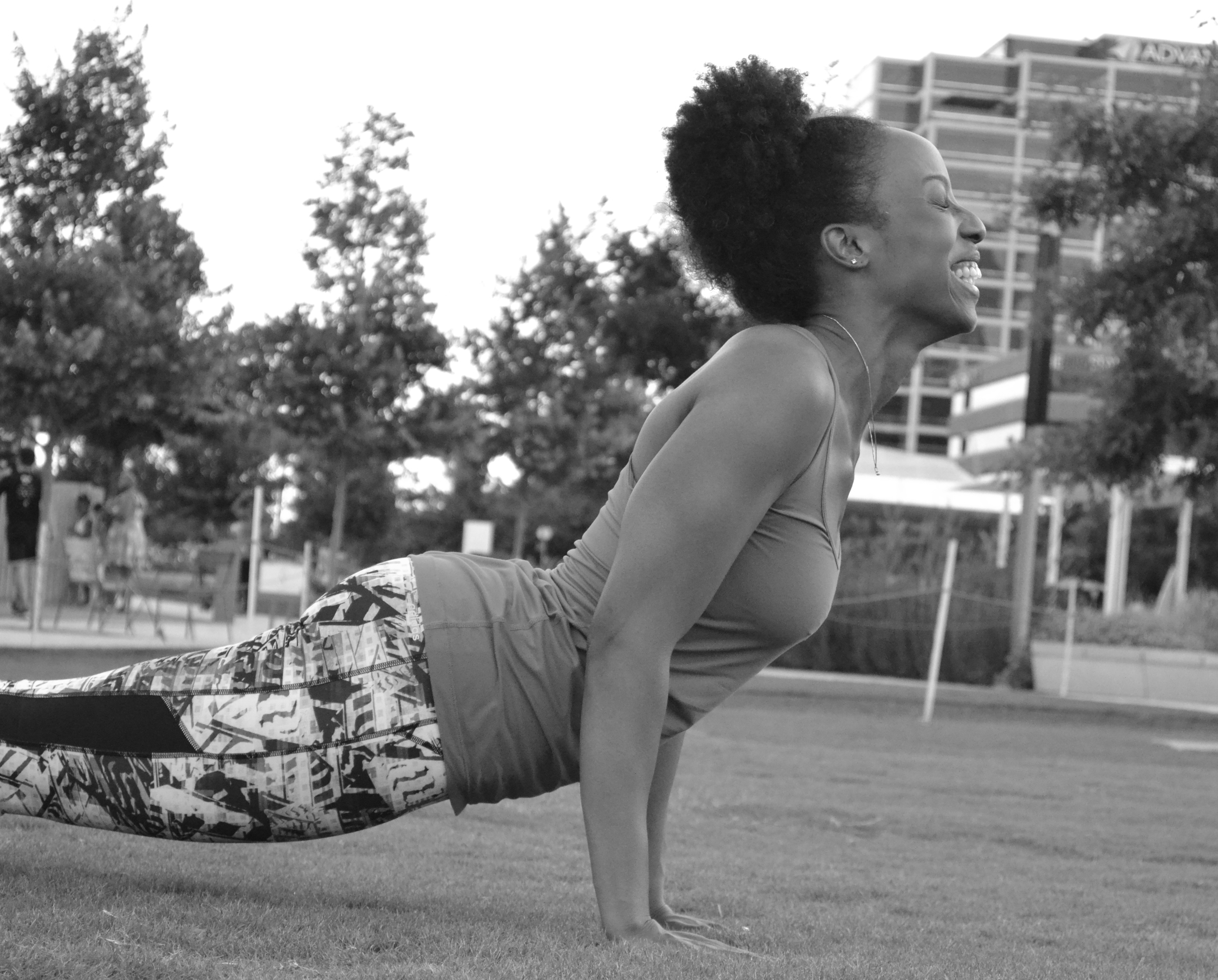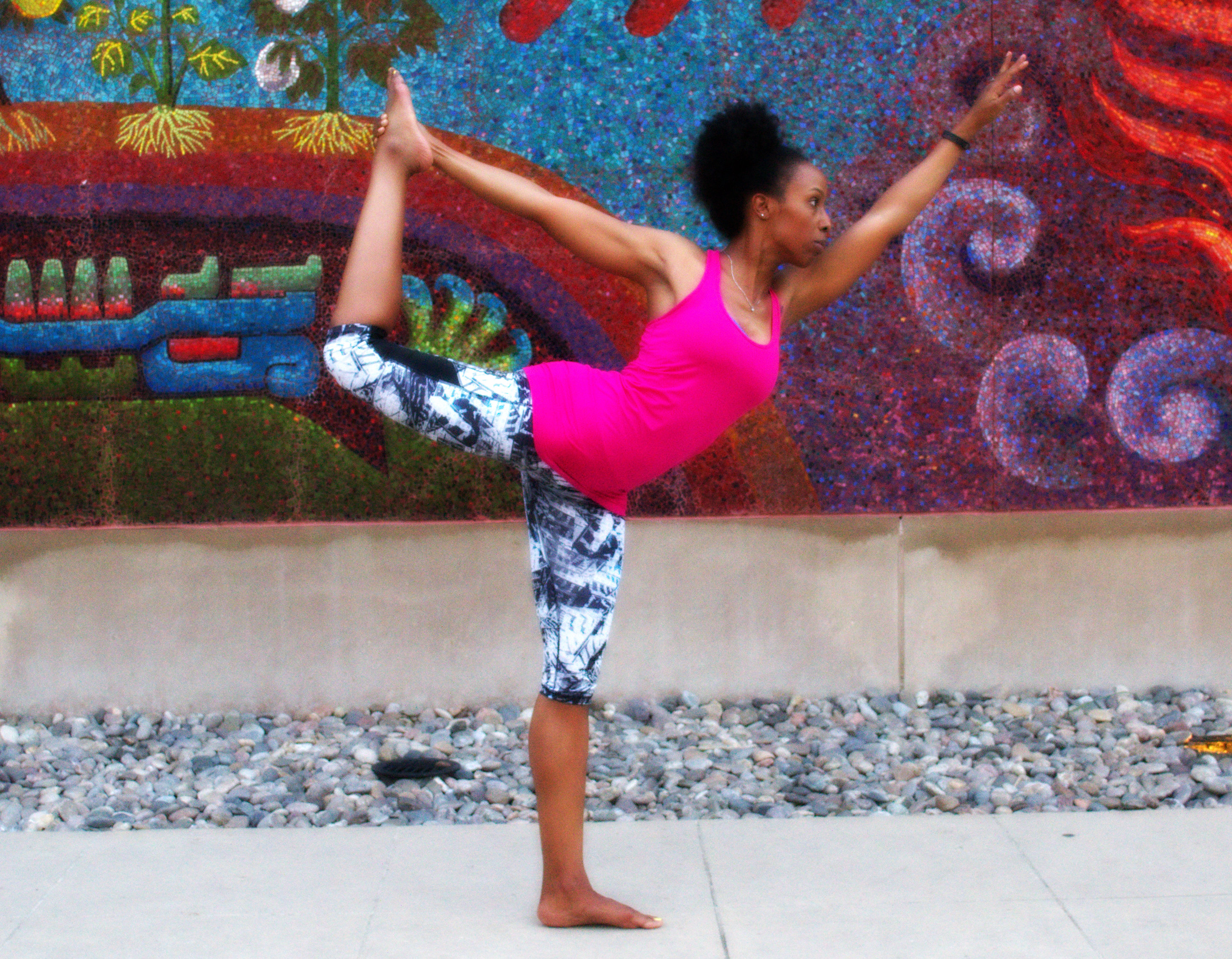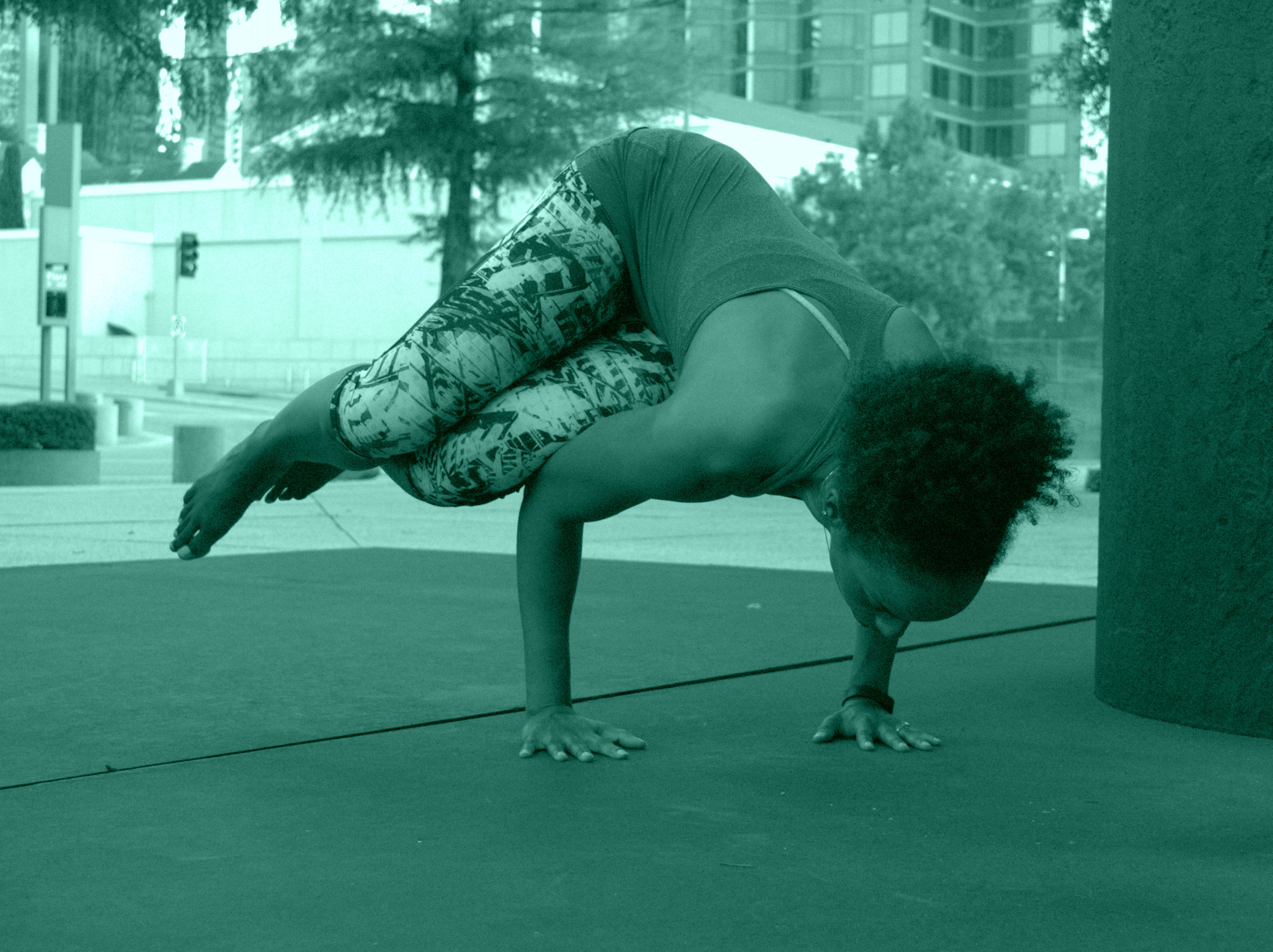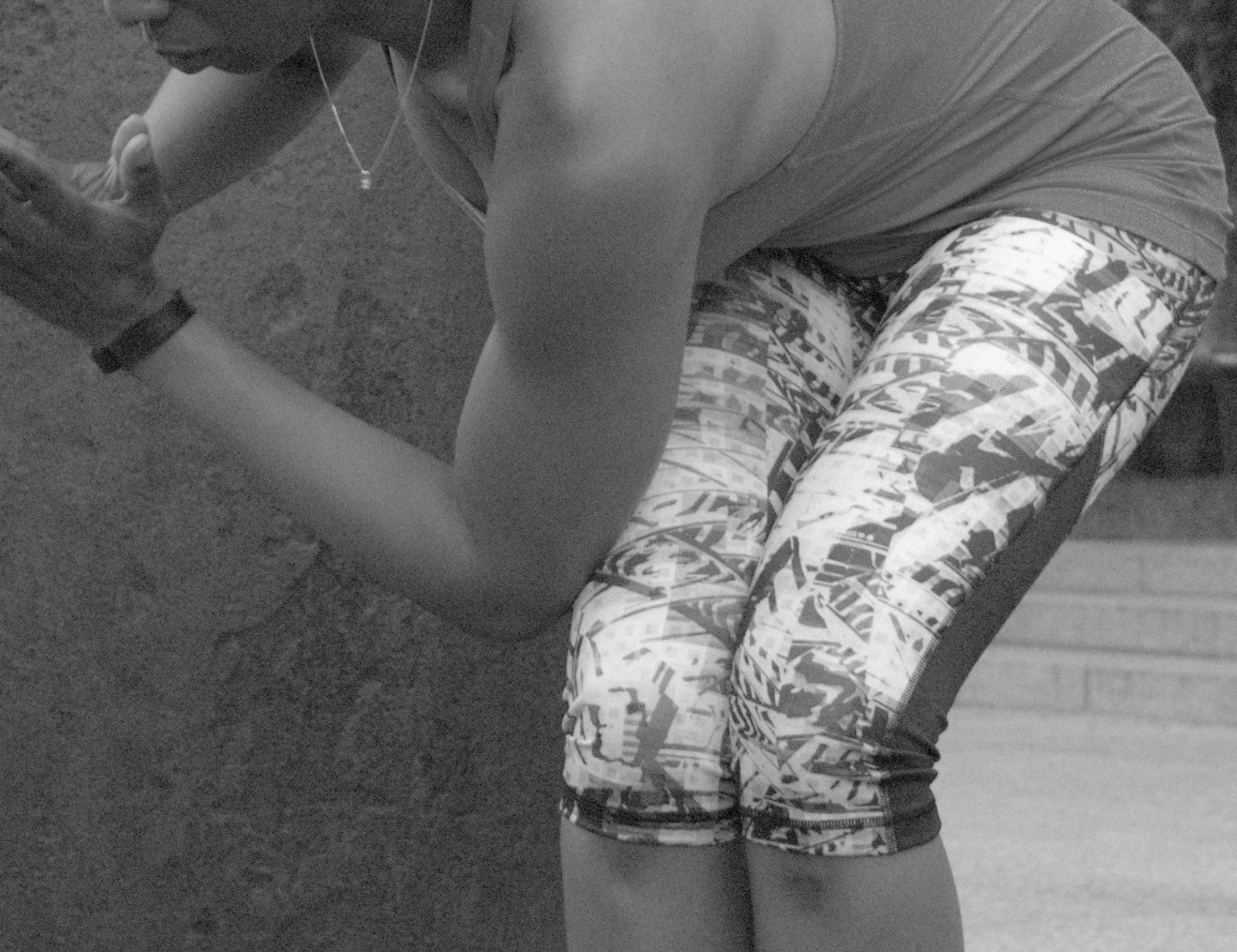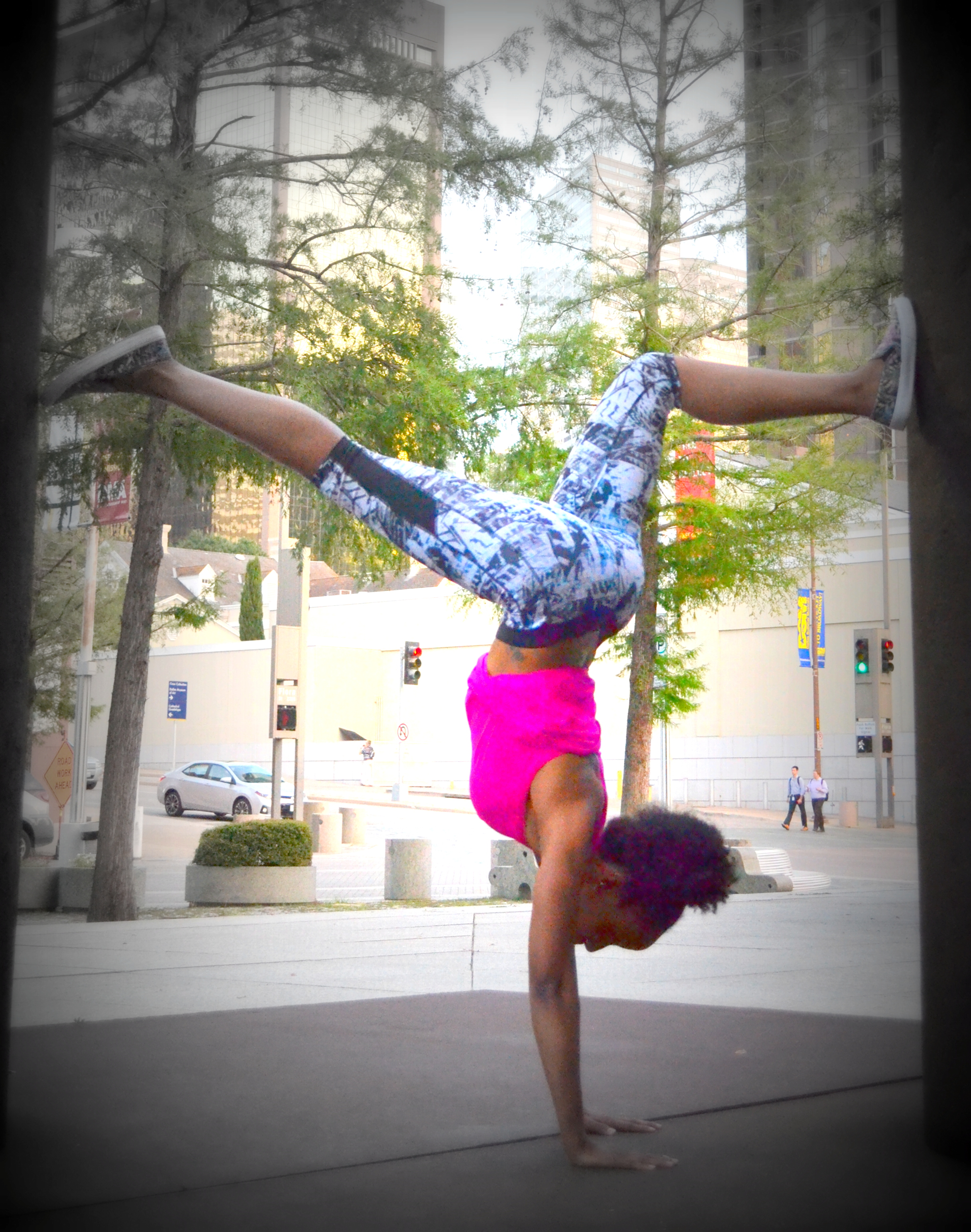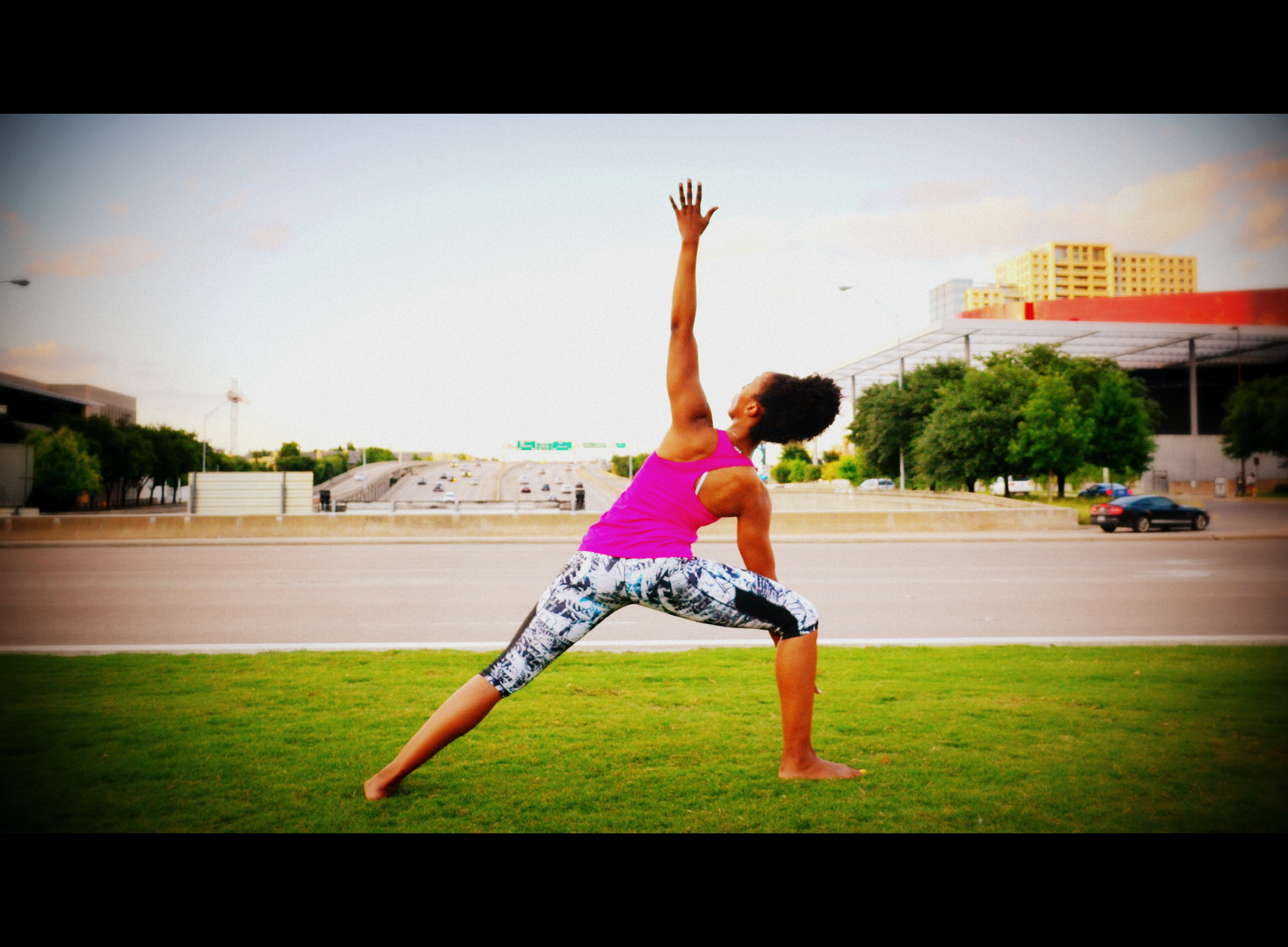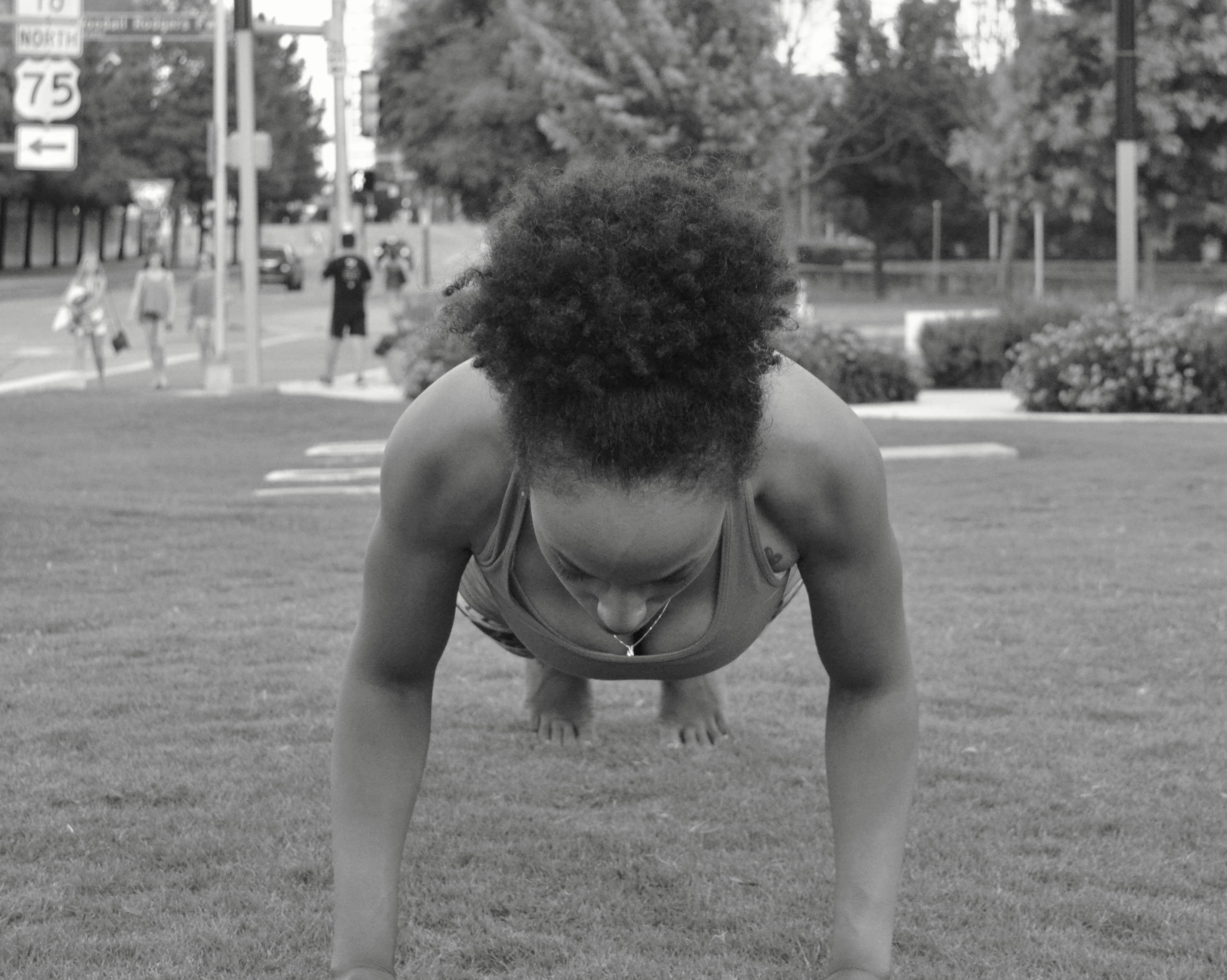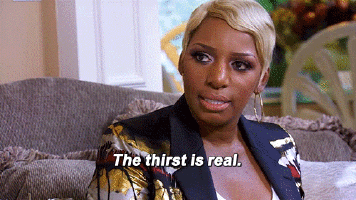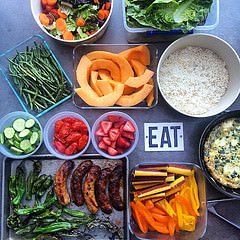Recently, I taught what I think is my best yoga class to date. Which is surprising, because it was the 5:45 a.m. class and I am far from a morning person. I also created the flow at 11:30 the night before.
Using the feedback I got from my studio manager in a recent evaluation, it felt like the light switched on. I was able to get off my mat, make adjustments, speak to purpose both of posture and practice, and truly engage with the students on a different level.
It was like magic.
I write all this to state that usually, I’m a mess (inside my head) during class.

Much is made about how uncomfortable the student experience can be, as a newbie, or a plus-size yogi, or as the only black person in class. I get it, because I’ve been there. Judgment, whether from an internal voice or those around you, can cause discomfort and mess up an otherwise powerful yoga class.
As I’ve moved from student to teacher (though, aren’t we always students?), the voice inside my head still occasionally pipes up with doubts about my abilities. As a teacher, it’s not about how best to keep my balance in Half Moon. Now I wonder if I’m clearly explaining how to move into postures, properly motivating the students and being a proper example of a “yogi.”
Before my first flow class, I was a ball of nerves. Did the flow, you know, flow? Was I going to remember to discuss intention, or would I enter the room and immediately blank out? The thought of making hands-on adjustments terrified me. What if someone pulled something or passed out: could I handle in-studio injuries?
Though I’d love to believe that in due time, I will no longer get nervous before my classes but I doubt it. There is an energy unlike any other that comes from leading a yoga class. The senses are heightened as you become attuned to the energy of those around you. You can feel the room’s expectations of a transformative experience, and you want to deliver. I harness all of this and, instead of allowing it to overwhelm me, I turn it into my motivation.
So the next time you head into your studio, sign in and grab a mat and towel to set up for your hour of power, you should know that the slight tension in the air isn’t just coming from you. The same way you expect so much of yourself, your teacher is expecting even more of themselves as the leader of the class.
We want to give you a 10 experience, and we can be hard on ourselves if we flub or seem skittish. Be kind, not only to yourself, but to your teacher. We could use the love.
